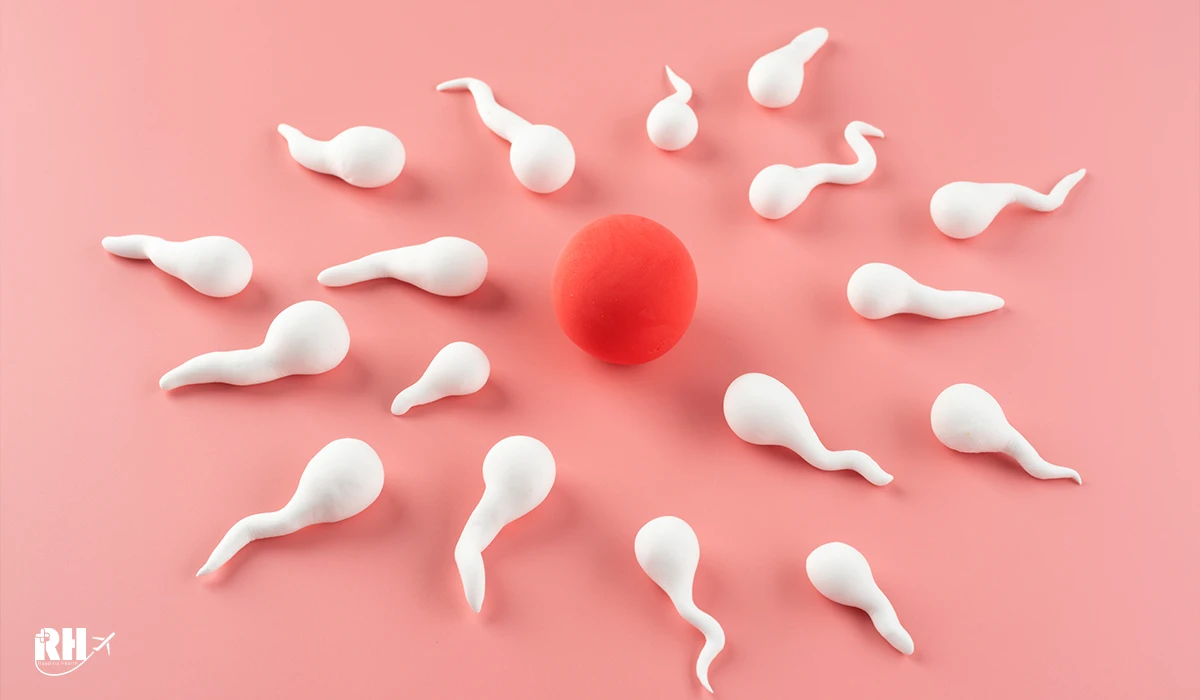Canada is one of the countries where egg donation is carried out with strict legal and ethical frameworks. In this country, egg donation is non-commercial and payment to the donor is allowed only to cover expenses. The process involves detailed medical and psychological assessments and is carried out under the supervision of health institutions. In this article, all the important aspects of egg donation in Canada are examined, from the legal requirements to the treatment stages and costs.
Egg donation requires the donor to be in good physical and mental health. Certain medical, psychological, or scientific conditions can disqualify a person from donating eggs. In this article, we will examine these factors, including inappropriate age, hormonal or ovarian problems, genetic conditions, psychological and social history, and other legal and medical restrictions, so that donors and couples can know in advance what factors may prevent them from doing so.
Age is a key factor in the success of egg donation. Studies have shown that younger women have higher egg quality and a higher chance of pregnancy for the recipient. The best age range for egg donation is usually between 20 and 35 years old, as this is when there is adequate ovarian reserve, lower risks, and a better response to ovulation-stimulating drugs. In this article, we will take a closer look at the scientific, medical, and legal reasons for this age range.
Egg donation is one of the assisted reproductive techniques that can offer new hope to infertile couples. But many potential donors wonder whether the procedure is painful before making a decision. In this article, we will review all the steps involved in egg donation, the level of discomfort you may experience, post-operative care, and pain relief strategies in simple terms.
Egg donation is one of the most effective methods of treating infertility, but like any medical procedure, it can come with side effects. These can range from mild symptoms like headaches and bloating to more serious ones like ovarian hyperstimulation or infection. In this article, we will take a closer look at the possible side effects of egg donation, the factors that affect them, and how to prevent and treat them.
Egg donation is a sensitive process that requires careful selection of volunteers. Age, general health status, history of genetic and infectious diseases, mental health, and lifestyle are among the most important criteria for accepting donors. Infertility centers usually select women who are between 21 and 32 years old, physically healthy, and mentally and morally prepared to enter the process. Understanding these conditions helps applicants make a more informed decision.
One of the methods of treating infertility is surrogacy, in which the fetus is carried in the womb by a surrogate mother and is performed in both traditional and modern ways. The surrogacy process has many challenges in ethical, religious, legal, and social fields. In this article, we will learn more about the various aspects of surrogacy.
Traditional surrogacy and gestational surrogacy are two assisted reproductive methods that can help infertile couples have children. In traditional surrogacy, the surrogate uses her own egg and carries the baby, so she is the child’s genetic mother. This method is cheaper and simpler but can cause emotional and legal problems because the surrogate is biologically linked to the baby. In gestational surrogacy, an embryo made from the intended parents’ eggs and sperm is transferred to the carrier’s uterus through IVF. The carrier has no genetic link to the baby, which makes legal rights and parentage clearer, though the process is more expensive and medically complex. Today, gestational surrogacy is more common and widely accepted.
Despite its widespread use in infertility treatment, surrogacy is carried out under strict medical and legal supervision. In some circumstances, a doctor or medical center may not agree to a person's request for surrogacy. Chronic diseases, uterine problems, unstable mental conditions, advanced age, lack of previous pregnancy experience, and lack of legal or religious approval are among the most important reasons for rejecting surrogacy.
Surrogacy is one of the most successful infertility treatments, with success rates between 60% and 90%. Success depends on egg and sperm quality, the surrogate’s health, embryo quality, and the expertise of fertility clinics. In Iran, advanced fertility clinics, skilled doctors, and affordable surrogacy packages ensure a 70–80% success rate, making it a top destination for international patients seeking reliable infertility treatment.









